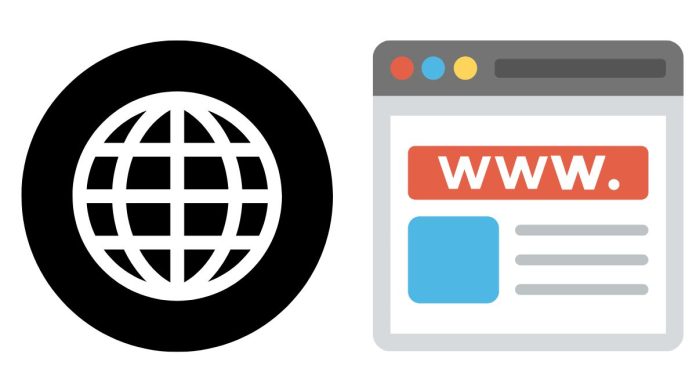A website query generally refers to a request made by a user (or system) to a website or web server to retrieve, process, or manipulate data. These queries can involve interacting with a database, search engine, or other online systems. Website queries are often used to fetch information, like search results, user data, product details, or even executing actions like submitting forms.
Here’s a breakdown of different types of website queries:
1. Database Queries
A database query is typically a request to a database, often through a SQL (Structured Query Language) command, to retrieve or modify data. When you interact with a website (e.g., searching for a product or checking an account balance), the website might send a database query to fetch or update the information.
- Example:
- Searching for a product on an e-commerce site sends a query to the database, like:
SELECT * FROM products WHERE name LIKE '%laptop%'
- Searching for a product on an e-commerce site sends a query to the database, like:
2. URL Query Parameters
These are strings added to the URL to pass information between the browser and the website. When you click a link or search for something on a website, parameters are often included in the URL to define the request.
- Example:
- A URL with query parameters might look like:
https://www.example.com/search?query=laptop&category=electronics - Here,
query=laptopandcategory=electronicsare query parameters sent to the website to filter search results.
- A URL with query parameters might look like:
3. Search Queries
When you type a search term into a search box (like on Google, or within a website’s search functionality), the website processes this as a search query. The search query is typically used to find matching content, articles, products, or other information.
- Example:
- Entering “best smartphones” into a search bar sends a query to retrieve results that match the term “best smartphones.”
4. Form Queries
When you fill out a form on a website (like a login form, contact form, or registration form), the data is sent to the web server in the form of a query. These queries are used to send information to the server for processing, such as verifying login credentials or submitting contact requests.
- Example:
- When submitting a login form, the query might look like:
POST /login?username=johndoe&password=secret
- When submitting a login form, the query might look like:
5. API Queries
Many modern websites interact with APIs (Application Programming Interfaces) to retrieve or send data. An API query is a request made to an external service or server, often in the form of HTTP requests.
- Example:
- A weather website might send a query to an external weather API like:
GET https://api.weather.com/v1/current?city=NewYork
- A weather website might send a query to an external weather API like:
6. Search Engine Queries
Search engines like Google or Bing use queries to match user search terms with relevant web pages. When you type a query into a search engine, it’s sent to the search engine’s database or algorithm to return relevant results.
- Example:
- Typing “how to fix a leaky faucet” into Google sends a search query to their servers to find relevant content.
How Queries Work in the Context of Websites:
- Frontend (User Input): The user enters data into a form, search bar, or URL, which generates a query.
- Backend (Server Processing): The server processes the query, often using SQL queries (for databases) or other data processing methods.
- Response: The server then sends back the requested information, such as a webpage, search results, or confirmation of data submitted.
Examples of Website Queries:
- Search query: A user searches for a product, and the website query retrieves matching items from the store’s database.
- Login query: A user submits login credentials, and the query checks the credentials against the database.
- URL query parameters: A link includes
?category=electronics&price_range=highto filter the products displayed on a webpage.
Key Technologies Behind Website Queries:
- SQL (Structured Query Language): Used for querying databases to retrieve, update, or delete data.
- HTTP Requests: Used for querying web servers (e.g.,
GET,POST,PUT,DELETE). - REST APIs: Websites often use API queries to communicate between their front end and external services.
To summarize, a website query is simply a request made to a web server or database to perform an action or retrieve information. Whether it’s searching for a product, submitting a form, or querying an API, these actions all involve sending a query to the web system to get the data or functionality you need.
If you need further clarification or examples, feel free to ask!
Related posts:
- What does ringing in the ears mean spiritually?
- What Colors Do Blue and Green Make?
- How Long Does Raw Chicken Really Last in the Fridge?
- What are some amazing and memorable Valentine’s Day ideas that will leave a lasting impression?
- What is the definition of ‘friends with benefits?
- What is the difference between a bachelor’s and a degree?


